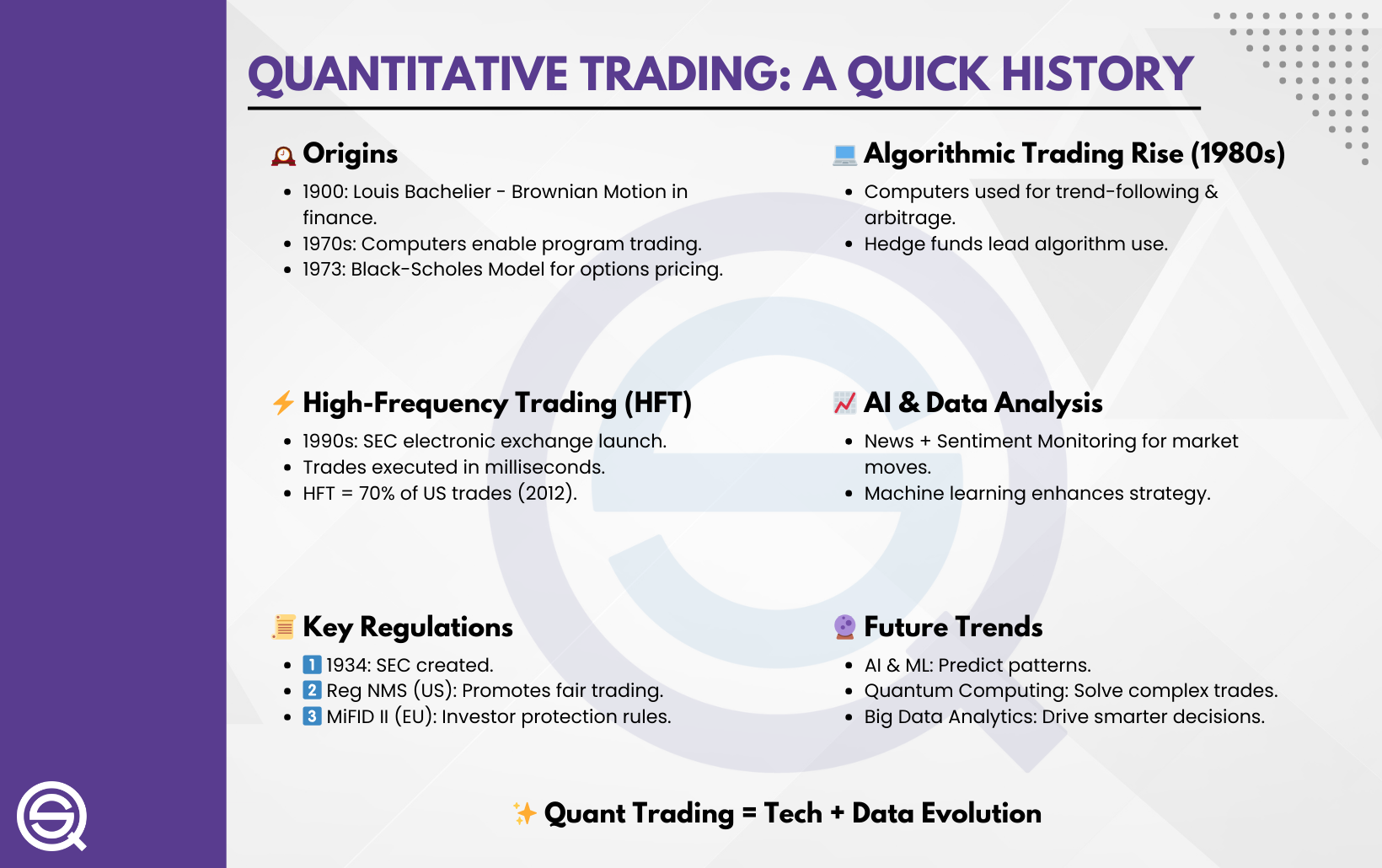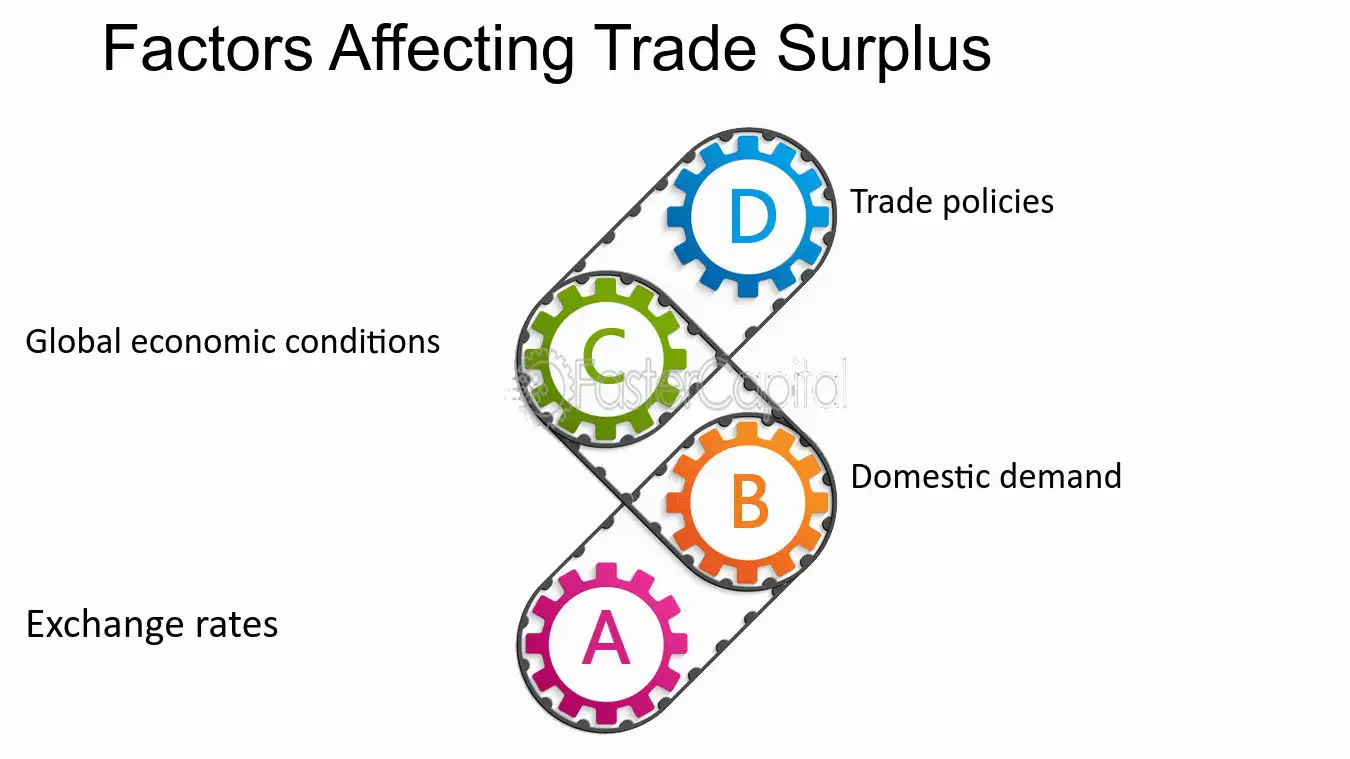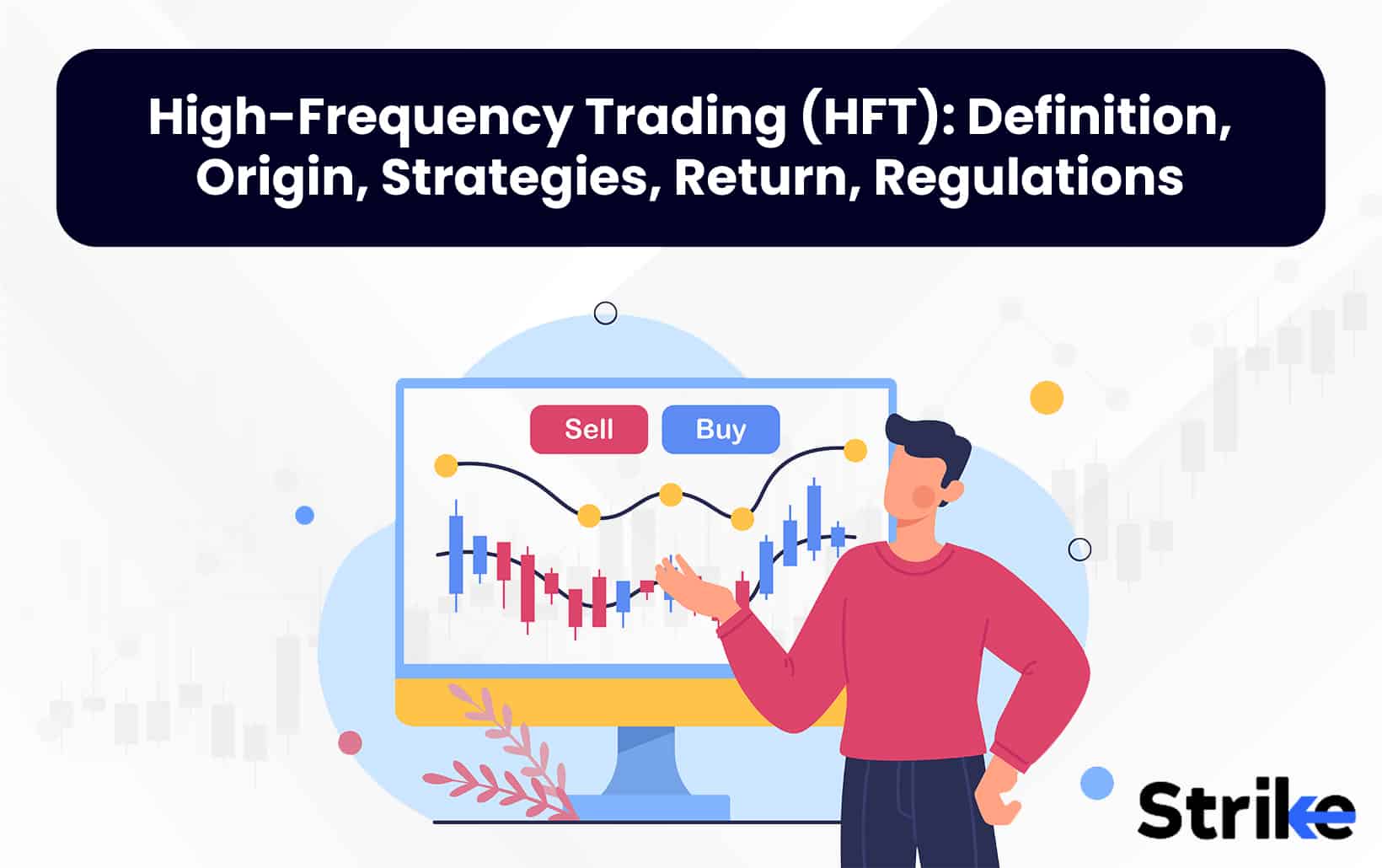Did you know that high-frequency trading (HFT) firms can execute thousands of trades in the blink of an eye—faster than you can say "market volatility"? In this article, we delve into the intricate relationship between market conditions and HFT strategies. We explore how factors like volatility, liquidity, and economic indicators shape trading decisions, and discuss the importance of adapting to ever-changing market landscapes. From monitoring key trends and seasonal patterns to understanding the impact of interest rates and regulatory changes, we provide insights that can equip high-frequency traders to thrive in various environments. Join us as we unpack the complexities of HFT performance and the vital role data analytics plays in navigating market dynamics, brought to you by DayTradingBusiness.
How Do Market Conditions Influence High-Frequency Trading Strategies?
Market conditions significantly influence high-frequency trading (HFT) strategies by dictating volatility, liquidity, and market trends. In volatile markets, HFTs may focus on arbitrage opportunities and quick trades to capitalize on price swings. During stable conditions, strategies might shift to market making or trend following, benefiting from lower spreads and consistent volumes. Additionally, changes in economic indicators or major news can trigger algorithm adjustments, optimizing performance based on real-time data. Overall, HFT strategies adapt dynamically to market conditions to enhance profitability and manage risk.
What Are the Key Market Conditions Affecting HFT Performance?
Key market conditions affecting high-frequency trading (HFT) performance include:
1. Liquidity: High liquidity enhances HFT execution efficiency and reduces slippage.
2. Volatility: Increased volatility can create more trading opportunities but also heightens risk.
3. Market Structure: Changes in regulations or exchange rules can impact HFT strategies and order execution.
4. Competition: The presence of other HFT firms influences spread and price discovery.
5. Technological Infrastructure: Network latency and system reliability are crucial for maintaining competitive advantage.
6. Market Sentiment: Overall investor sentiment can drive price movements, affecting trading strategies.
These conditions can significantly influence HFT performance and strategy effectiveness.
How Does Volatility Impact High-Frequency Trading?
Volatility directly impacts high-frequency trading (HFT) by influencing trading strategies, execution speed, and profit margins. In volatile markets, HFT firms can capitalize on rapid price movements, generating profits through quick trades. Increased volatility creates more opportunities for arbitrage and market making, but it also raises risks, as price swings can lead to significant losses if trades are mismanaged. HFT strategies often adapt to volatility levels by adjusting algorithms to either increase trade frequency or widen spreads, depending on market conditions.
What Role Does Liquidity Play in High-Frequency Trading Strategies?
Liquidity is crucial in high-frequency trading (HFT) strategies as it allows traders to execute large volumes of trades quickly without significantly impacting market prices. High liquidity leads to narrower bid-ask spreads, enabling HFT firms to capture small price fluctuations efficiently. During volatile market conditions, liquidity can diminish, increasing risks for HFT strategies that rely on rapid execution. In such scenarios, HFTs may adjust their algorithms to account for changing liquidity levels, focusing on more liquid securities or utilizing market-making strategies to maintain profitability.
How Do Economic Indicators Affect HFT Decision-Making?
Economic indicators influence high-frequency trading (HFT) decision-making by providing data on market conditions. Traders analyze metrics like GDP growth, unemployment rates, and consumer confidence to gauge the overall economic climate. Positive indicators may signal bullish trends, prompting HFT algorithms to increase buying activity. Conversely, negative data can trigger sell-offs or short positions. HFT systems react swiftly to these indicators, adjusting strategies in real-time to capitalize on market volatility or stability. Ultimately, understanding economic indicators helps HFT firms optimize their trading strategies to maximize profits.
How Can High-Frequency Traders Adapt to Changing Market Conditions?
High-frequency traders can adapt to changing market conditions by employing several strategies:
1. Algorithm Adjustment: Modify algorithms to respond to volatility. For instance, during high volatility, increase the frequency of trades or adjust thresholds for trade execution.
2. Data Analysis: Use real-time data analytics to identify market trends quickly. This helps in making informed decisions under different conditions.
3. Risk Management: Implement stricter risk management protocols. Use stop-loss orders and diversify trading strategies to mitigate losses during adverse conditions.
4. Liquidity Monitoring: Keep an eye on market liquidity. Adjust trading volumes based on liquidity changes to avoid slippage and ensure execution.
5. Technology Upgrades: Invest in faster technology and infrastructure. Enhanced speed and reliability can provide an edge in rapidly changing environments.
6. Backtesting: Regularly backtest strategies against historical data to see how they would perform under different market conditions.
By continuously analyzing market conditions and adjusting strategies accordingly, high-frequency traders can maintain their competitive edge.
What Market Trends Should HFT Firms Monitor Closely?

HFT firms should closely monitor volatility, liquidity, trading volume, and market sentiment. Changes in economic indicators, interest rates, and geopolitical events can impact these factors significantly. Monitoring order book dynamics and price spreads is crucial for optimizing execution strategies. Additionally, tracking competitor strategies and technological advancements can provide a competitive edge.
How Do Interest Rates Influence High-Frequency Trading Strategies?
Interest rates significantly impact high-frequency trading (HFT) strategies by influencing market liquidity and volatility. When interest rates rise, borrowing costs increase, often leading to reduced trading volumes and lower market liquidity. HFT firms may adjust their strategies, focusing on arbitrage opportunities that arise from price discrepancies.
Conversely, lower interest rates can enhance liquidity, encouraging more trading activity. HFT strategies may shift towards momentum trading or market-making to capitalize on increased volume. Additionally, interest rate expectations can create volatility, prompting HFT firms to employ risk management techniques to protect against rapid price changes.
Overall, interest rates shape the trading environment, directly affecting HFT tactics and profitability.
What Effect Do Market Crashes Have on HFT Performance?
Market crashes typically hurt high-frequency trading (HFT) performance due to increased volatility and reduced liquidity. HFT strategies often rely on stable market conditions for quick arbitrage opportunities. During a crash, rapid price changes can erode profit margins and lead to unexpected losses. Additionally, market makers may withdraw, creating wider spreads and making it harder for HFT firms to execute trades profitably. Overall, while some HFT firms may adapt and exploit certain conditions, most face significant challenges during market downturns.
How Do Regulatory Changes Impact High-Frequency Trading?
Regulatory changes directly impact high-frequency trading (HFT) strategies by altering market structure, liquidity, and trading costs. For example, stricter regulations can increase compliance costs and limit trading speeds, forcing HFT firms to adapt their algorithms. Changes like transaction taxes or reporting requirements can reduce profit margins, prompting HFT traders to refine their strategies or focus on different asset classes. Additionally, regulations can influence market volatility, which HFT relies on for profit, requiring firms to adjust their risk management approaches. Overall, HFT strategies must evolve in response to the regulatory landscape to remain competitive and profitable.
How Do Global Market Conditions Affect Domestic HFT Strategies?

Global market conditions impact domestic high-frequency trading (HFT) strategies by influencing liquidity, volatility, and arbitrage opportunities. When global markets are volatile, HFT firms may adjust their algorithms to capitalize on rapid price movements or reduce trading frequency to manage risk. Changes in liquidity levels can affect order execution speeds and slippage, prompting HFT strategies to adapt to maintain profitability. Additionally, fluctuations in currency values and geopolitical events can create new arbitrage opportunities, leading HFTs to recalibrate their strategies to exploit these shifts.
Learn about How Does Market Microstructure Affect Day Trading Strategies?
What Are the Seasonal Trends in High-Frequency Trading?
High-frequency trading (HFT) strategies are significantly influenced by seasonal trends. In the first quarter, volatility often increases due to earnings reports and tax season, prompting HFT firms to capitalize on price fluctuations. Summer months tend to see lower trading volumes, which can lead to wider spreads and less predictable market behavior.
As fall approaches, trading activity typically rises with the return of institutional investors, leading to more opportunities for HFT. Year-end can bring increased volatility due to tax-loss selling and portfolio rebalancing, which HFTs can exploit. Overall, HFT strategies must adapt to these seasonal market conditions to optimize performance.
How Do News Events Influence High-Frequency Trading Strategies?

News events significantly influence high-frequency trading (HFT) strategies by altering market conditions rapidly. Traders analyze news feeds for relevant information, such as earnings reports or economic indicators, to make split-second decisions. Positive news can trigger buying algorithms, while negative news may activate sell strategies. HFT firms often use sentiment analysis to gauge market reaction, allowing them to position themselves ahead of price movements. Additionally, volatility spikes from major news can create arbitrage opportunities, prompting HFT to exploit price discrepancies across exchanges. Thus, adapting to news events is crucial for optimizing HFT strategies.
Learn about How Do Institutional Traders Influence Day Trading Strategies?
How Can HFT Firms Use Data Analytics to Adapt to Market Conditions?
HFT firms can use data analytics to adapt to market conditions by analyzing real-time market data to identify trends, volatility, and liquidity changes. They can implement predictive models to forecast price movements and adjust trading strategies accordingly. By leveraging machine learning algorithms, firms can refine their trading patterns based on historical data, improving execution speed and accuracy. Additionally, sentiment analysis on news and social media can provide insights into market sentiment, allowing HFT firms to react swiftly to external events. Overall, using data analytics enables HFT firms to stay agile and optimize their strategies in response to dynamic market environments.
Learn about How to Use Market Microstructure Data to Improve Day Trading Outcomes
What Are the Risks of High-Frequency Trading in Volatile Markets?
High-frequency trading (HFT) in volatile markets poses several risks:
1. Liquidity Risks: In volatile conditions, liquidity can dry up quickly, making it harder for HFT firms to execute trades without significant price impacts.
2. Slippage: Rapid price changes can lead to slippage, where trades execute at less favorable prices than expected, eroding profits.
3. Market Manipulation Risks: Increased volatility can tempt HFT strategies that inadvertently engage in manipulative practices, leading to regulatory scrutiny.
4. Algorithmic Failures: Volatile markets can expose flaws in trading algorithms, resulting in unexpected losses or erratic behavior.
5. Increased Competition: Many firms may deploy HFT strategies simultaneously, intensifying competition and squeezing profit margins.
6. Technological Failures: High-speed connections are crucial; any technical glitches during volatility can lead to catastrophic losses.
7. Regulatory Changes: Frequent market fluctuations may trigger new regulations, impacting HFT strategies and compliance costs.
Overall, while HFT can capitalize on price movements, the associated risks in volatile markets require robust risk management and adaptive strategies.
How Does Algorithmic Trading Differ from High-Frequency Trading in Various Market Conditions?
Algorithmic trading uses pre-programmed strategies to execute trades based on specific signals, while high-frequency trading (HFT) focuses on executing a large number of trades at extremely high speeds to capitalize on minute price fluctuations. In volatile market conditions, HFT strategies often thrive due to increased price movements, allowing quick profits. Conversely, algorithmic trading can struggle if its signals are based on historical data that doesn’t adapt quickly to sudden changes. In stable markets, algorithmic trading may perform better as it can execute trades based on longer-term trends, while HFT might see reduced opportunities due to lower volatility. Overall, HFT is more sensitive to immediate market changes, while algorithmic trading can be more strategic over varying timeframes.
Learn about How Do Institutional Trading Strategies Differ from Individual Trading?
Conclusion about How Market Conditions Affect HFT Strategies
In conclusion, understanding how market conditions impact high-frequency trading strategies is essential for traders aiming to optimize their performance. Key factors such as volatility, liquidity, economic indicators, and regulatory changes play a crucial role in shaping HFT outcomes. By closely monitoring market trends and adapting strategies accordingly, HFT firms can navigate the complexities of the trading landscape. For more in-depth insights and guidance on effectively managing these variables, DayTradingBusiness is here to support your trading journey.
Sources:
- The optimal bid-ask price strategies of high-frequency trading and ...
- High-Frequency Trading and its Impact on Market Liquidity: A ...
- The high frequency trade off between speed and sophistication ...
- Market stability vs. market resilience: Regulatory policies ...
- Competition among high-frequency traders, and market quality
- The optimal strategies of competitive high-frequency traders and ...